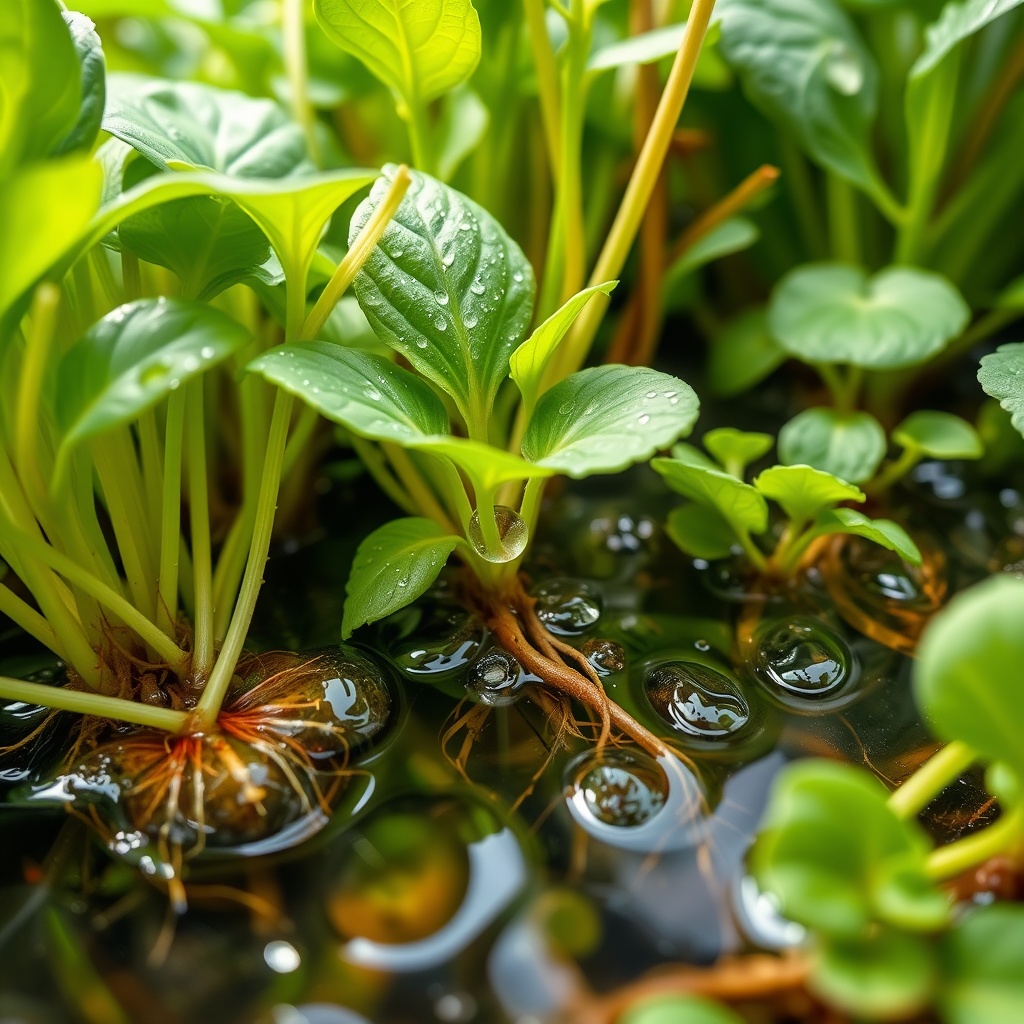Understanding Hydroponic Systems

Hydroponic systems have transformed the way we think about gardening and agriculture. By growing plants without soil, these systems allow for a higher density of crops and faster growth rates. But what if you could take this innovative method a step further? Enter automation. By integrating technology into your hydroponic setup, you can optimize plant growth, reduce labor, and ensure a consistent environment for your crops.
Key Components of Hydroponic Automation

When considering automating your hydroponic system, several key components can enhance efficiency and productivity. These components work together to create an ideal growing environment, allowing you to focus on what truly matters: growing delicious, healthy plants.
- Automated Nutrient Delivery: This system monitors and adjusts the pH and nutrient levels, ensuring that your plants receive the perfect amount of nourishment without the guesswork.
- Climate Control Systems: Automated fans, heaters, and humidifiers maintain optimal temperatures and humidity levels, mimicking the perfect climate for plant growth.
- Lighting Automation: LED grow lights can be programmed to simulate natural sunlight, providing the right spectrum and duration of light necessary for photosynthesis.
- Monitoring Sensors: These devices keep track of various parameters such as temperature, humidity, and nutrient levels, sending real-time data to your smartphone or computer.
Benefits of Automation in Hydroponics
Automating your hydroponic system offers numerous advantages that can elevate your gardening game to new heights. Here are some compelling reasons to consider:
- Time Savings: Automation reduces the time spent on manual tasks, allowing you to focus on larger projects and innovations.
- Consistency: Automated systems ensure that your plants receive consistent care, leading to higher yields and healthier crops.
- Data-Driven Decisions: With sensors providing real-time feedback, you can make informed decisions that will enhance your crop performance.




